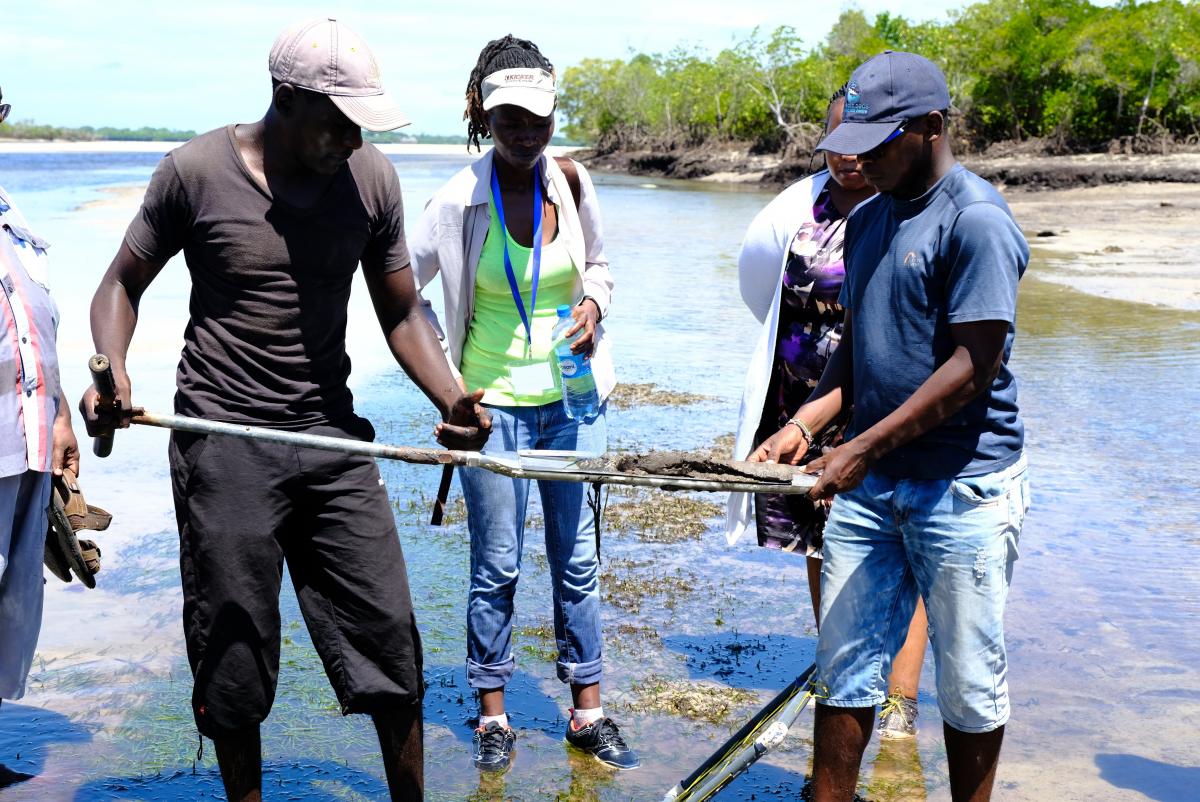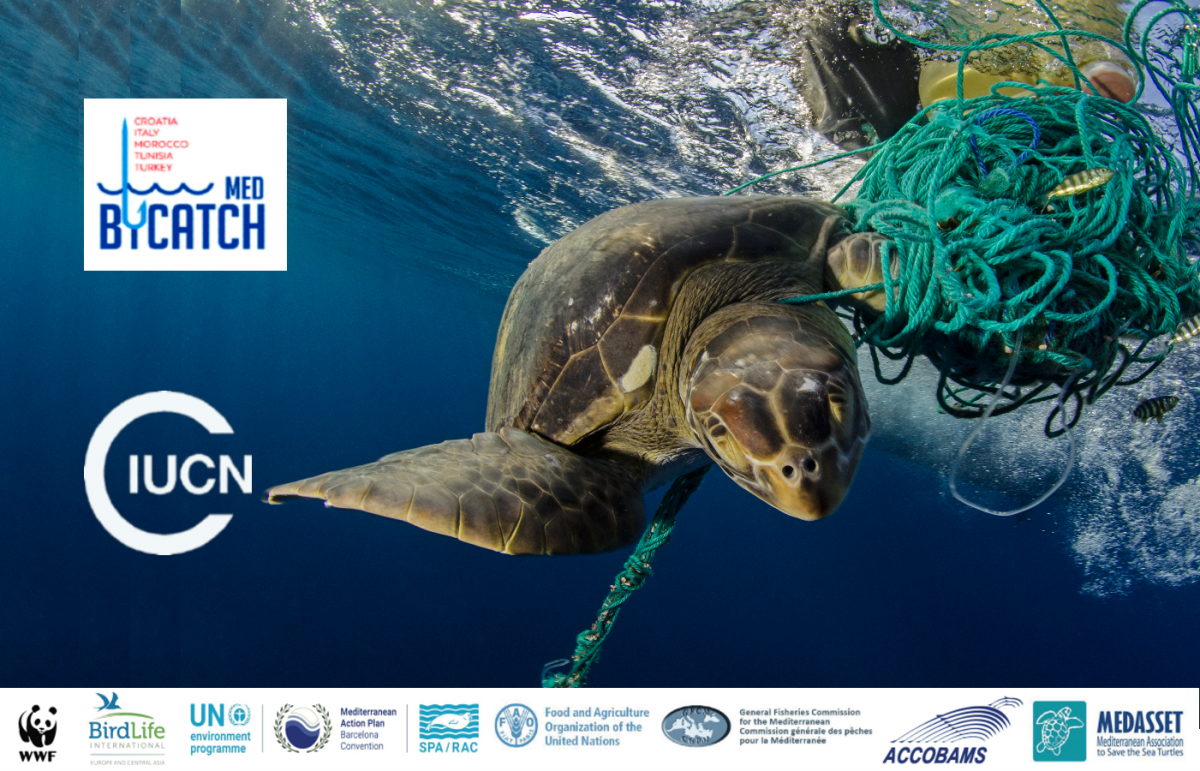The 'ground rules' for successful restoration: Mangrove sediments
Once thriving, mangroves contribute to building the soil they grow on. Loose sediments are swept into mangroves with the tides and river currents, where they are trapped and supplemented with organic matter to form stable soils – a vital foundation.

Photo: © D. Wodehouse
Mangrove forests are extraordinary survivalists facing the full fury of the sea. Firmly anchored where the oceans hit land, they are able to withstand powerful wave action and heavy storm surges. However, to do this, it is vital for mangrove forests to be able to rely on a deep and thick soil layer in which to dig their complex root systems. Stable sediments must already be in place for forests to establish.
When mangrove forests trap and bind sediments to build soils, they provide essential services to people and adjacent ecosystems. Mangroves are well known and increasingly appreciated for their role as coastal defences – preventing coastal erosion and protecting adjacent villages from storm surges and sea level rise. By filtering suspended particles, mangroves generate clean water and protect adjacent coral reefs from excess sedimentation.
Just the right amount of sediment
To thrive, mangroves rely on well-balanced quantities of incoming sediment. A balance that is often disturbed by coastal and inland engineering works, as well as land use changes. Upstream logging and intensive agricultural practices increase sediment runoff. In combination with increasingly heavy precipitation due to climate change, this results in an overload of sediment trapped in mangrove catchment areas. Excess sediment accretion can, to a certain extent, be buffered but will cause die-off if trees are smothered. In contrast, too little sediment input can deprive mangroves of sufficient material to build soils in which to grow. This may be caused by dams or other structures on the coast, which prevent natural flow of water to the mangroves.
Securing adequate sediment provision in mangrove systems is critical for conservation and restoration efforts. Natural hydrological systems must supply adequate amounts of sediment in order to prevent sediment starvation on the one hand – and prevent sediment oversupply on the other. Mangrove systems suffering from an imbalance of sediment supply will lose their efficiency in providing coastal resilience and clean water. Moreover, any attempt at planting or facilitating natural succession of mangroves will fail if seedlings cannot tap their roots into stable soils.
Many recent mangrove restoration attempts have been ineffective, with planted seedlings suffering high mortality rates or being swept out with the tides, and natural recolonisation proving unsuccessful. All too often this is due to inadequate attention to sediment supply. Whatever the reason, a wealth of information is now available on the topic.
Engineering solutions
In a recent report Mangrove restoration: to plant or not to plant, Wetlands International describes an effective method for establishing permeable structures nearshore, which reduces wave impact and allows sediment accumulation along the coastline. With these structures, mangroves are better able to naturally recolonise formerly forested areas.
Coastal zone development and the construction of many artificial structures can be designed in such a way that they do not impair sediment transport along the shoreline. In some cases, when these precautions are coupled with a plan to ensure that the impact of river dams on sediment supply is kept minimal, mangrove soils accumulation can be optimised.
Detailed guidance on ecological mangrove restoration techniques is also provided by the Mangrove Action Project (MAP). MAP emphasises the importance of restoring the natural hydrology of disturbed areas through hydrological restoration techniques, through which labour intensive hand-planting can be avoided.
Regardless of the scale or location of the area to be restored, it is safe to say that unless adequate sediment flows are ensured, the success of any mangrove restoration and conservation effort will likely be compromised.



